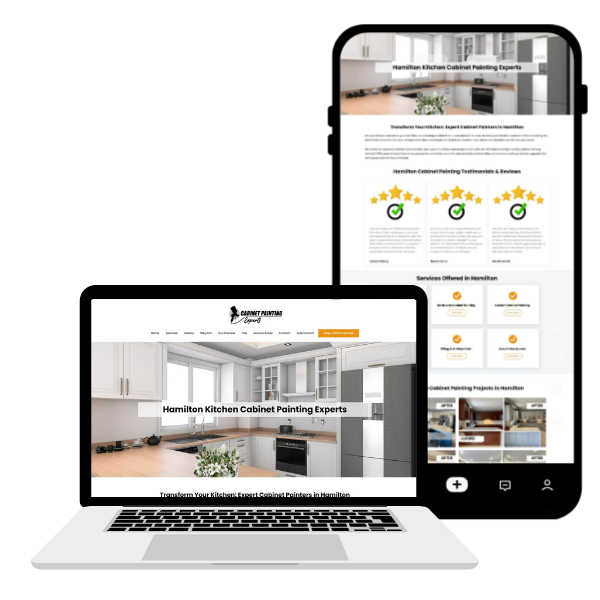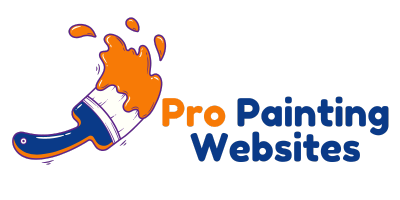How to Price Painting Jobs: A Complete Guide for New Painting Contractors
Starting a painting business but unsure how to price your jobs? You’re not alone. This step-by-step guide will teach you exactly how to calculate painting estimates that win jobs and make profits. Whether it’s your first estimate or your hundredth, follow these proven steps to price your painting jobs with confidence.
Before You Start Pricing
Before you calculate your first estimate, gather these essential tools:
- Measuring tape or laser measure
- Calculator
- Notebook or tablet for measurements
- Camera for job site photos
- Basic estimating spreadsheet (we’ll show you how to make one)
Step 1: Learn to Measure Like a Pro
How to Measure Interior Rooms
- Start with one room and work clockwise
- Measure wall height from floor to ceiling
- Measure each wall’s length
- Note down windows and doors (standard sizes listed below)
- Measure trim separately (baseboards, crown molding, door frames)
Standard Measurements to Remember:
- Average interior door: 20 square feet
- Average window: 15 square feet
- Standard ceiling height: 8 feet
- Standard door frame: 3 feet wide
Powerful Lead Generating Websites For Painters

How to Measure Exteriors
- Measure house length and height for each side
- Subtract windows and doors
- Add measurements for:
- Fascia and soffits
- Garage doors
- Shutters
- Porches and overhangs
Pro Tip: Take photos of everything you measure. They’ll help you remember details when writing your estimate at home.
Step 2: Calculate Paint and Materials
Paint Quantity Formula
For walls:
Copy(Total Square Feet ÷ Coverage Per Gallon) × Number of Coats = Gallons Needed
Coverage rates:
- Interior flat paint: 350-400 sq ft per gallon
- Interior semi-gloss: 300-350 sq ft per gallon
- Exterior paint: 250-300 sq ft per gallon
- Primer: 200-300 sq ft per gallon
Materials Checklist and Costs
First-Time Investment:
- 5 drop cloths ($15-20 each)
- 4 roller frames ($8-10 each)
- 2 extension poles ($20-30 each)
- Basic brush set ($50-75)
- Ladder ($150-300)
- Pressure washer (for exterior jobs) ($300-500)
Per-Job Materials:
- Paint ($35-75 per gallon)
- Primer ($30-45 per gallon)
- Roller covers ($5-8 each)
- Painter’s tape ($7-10 per roll)
- Caulk ($5-7 per tube)
- Plastic sheeting ($25 per roll)
- Sandpaper ($15-20 per pack)
Step 3: Calculate Labor Costs
For Solo Operators
- Determine your desired hourly rate ($30-50 recommended)
- Estimate job hours using these averages:
- Bedroom (12×12): 4-6 hours
- Living room (15×20): 6-8 hours
- Kitchen: 4-6 hours
- Bathroom: 3-4 hours
- Exterior (1500 sq ft home): 24-32 hours
For Teams
- Calculate total labor cost:
Copy(Number of painters × Hours × Hourly rate) + (Your hours × Your rate)
- Add 20% for employee-related expenses:
- Workers’ compensation
- Payroll taxes
- Benefits
- Training time
Step 4: Factor in Business Costs
These are real costs that eat into profits if you don’t account for them:
Monthly Expenses to Track
- Vehicle costs:
- Payments: $300-500
- Insurance: $100-150
- Fuel: $300-400
- Maintenance: $100
- Business expenses:
- Insurance: $150-300
- Phone: $50-100
- Software: $50-100
- Marketing: $200-400
- Equipment replacement fund: $200
How to Include These in Your Price
- Calculate your monthly overhead total
- Divide by expected monthly working hours
- Add this amount per hour to your labor rate
Example:
Monthly overhead: $2,000
Working hours per month: 160
Overhead per hour = $12.50Step 5: Price Your First Job (Step-by-Step Example)
Let’s walk through pricing a bedroom paint job:
Sample Bedroom Specs:
- 12′ × 12′ room with 8′ ceiling
- One door, two windows
- Includes ceiling and trim
- Two coat application
- Current color: light, New color: dark
Calculate Materials:
- Wall area:
- (12 + 12 + 12 + 12) × 8 = 384 sq ft
- Minus door (20 sq ft) and windows (30 sq ft)
- Total wall area: 334 sq ft
- Ceiling area:
- 12 × 12 = 144 sq ft
- Paint needed:
- Walls: (334 sq ft ÷ 350) × 2 coats = 2 gallons
- Ceiling: 144 sq ft ÷ 350 = 0.5 gallons
- Add 10% for touch-ups
- Materials total:
- Paint (3 gallons @ $45): $135
- Supplies (tape, plastic, etc.): $45
- Total materials: $180
Calculate Labor:
- Prep time: 1.5 hours
- Ceiling: 1 hour
- Walls (2 coats): 3 hours
- Trim: 1 hour
- Clean up: 0.5 hours Total hours: 7 hours @ $40 = $280
Add Overhead:
- 7 hours × $12.50 = $87.50
Total Job Cost:
- Materials: $180
- Labor: $280
- Overhead: $87.50
- Total cost: $547.50
Add Profit:
- 30% markup for profit: $164.25
- Final price: $711.75
- Round to: $725
Step 6: Create Professional Estimates
Essential Elements Every Estimate Needs:
- Your business information:
- Company name
- License numbers
- Insurance information
- Contact details
- Customer information:
- Name
- Address
- Contact information
- Project details:
- Specific rooms/areas
- Paint colors (brand, finish, color codes)
- Number of coats
- Prep work included
- Start date and duration
- Price breakdown:
- Materials
- Labor
- Any additional services
- Terms and conditions:
- Payment schedule
- Warranty information
- Cancellation policy
Common Mistakes New Painters Make
Pricing Mistakes to Avoid:
- Not charging enough for prep work
- Forgetting travel time
- Underestimating paint needed
- Not accounting for multiple coats
- Missing hidden costs like gas and wear on equipment
Job Site Red Flags:
- Excessive repair needed
- Water damage
- Mold
- Lead paint possibility
- Access issues
- Unrealistic customer expectations
Growing Your Business Through Smart Pricing
When to Raise Your Rates:
- After completing 10 successful jobs
- When booked 2-3 weeks in advance
- When material costs increase
- Annually for inflation
- When adding new services or equipment
Building Value Beyond Price:
- Offer color consultation
- Provide detailed prep work
- Use premium materials
- Maintain clear communication
- Leave detailed care instructions
Pricing Painting Jobs
Remember, your first few estimates won’t be perfect – and that’s okay. Keep detailed records of your actual time and materials used compared to your estimates. Review these monthly to improve your pricing accuracy.
Start with smaller jobs to build confidence in your pricing. As you gain experience, you’ll develop a better sense of how long different tasks take and what challenges to expect.
Most importantly, don’t undervalue your work. Quality painting requires skill, attention to detail, and professionalism. Price your services accordingly, and your business will grow sustainably.
Powerful Lead Generating Websites For Painters

